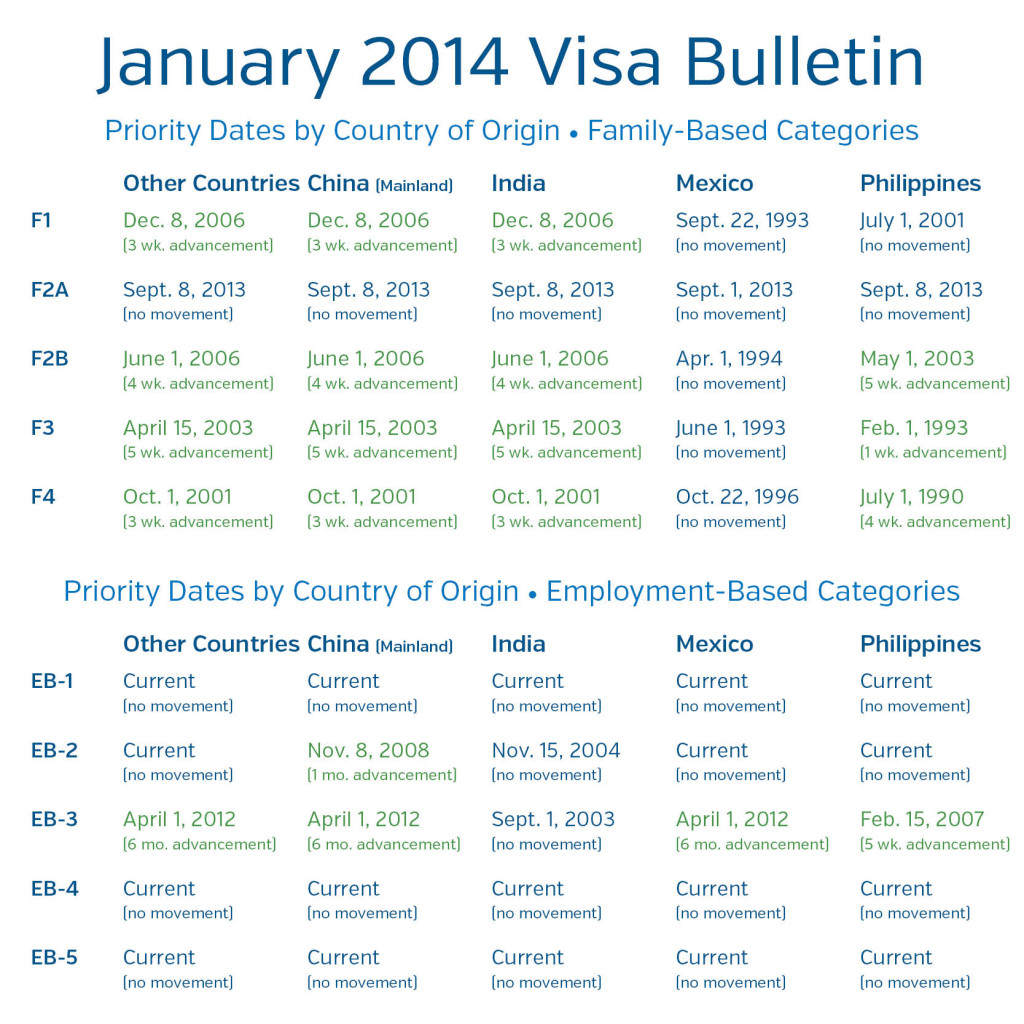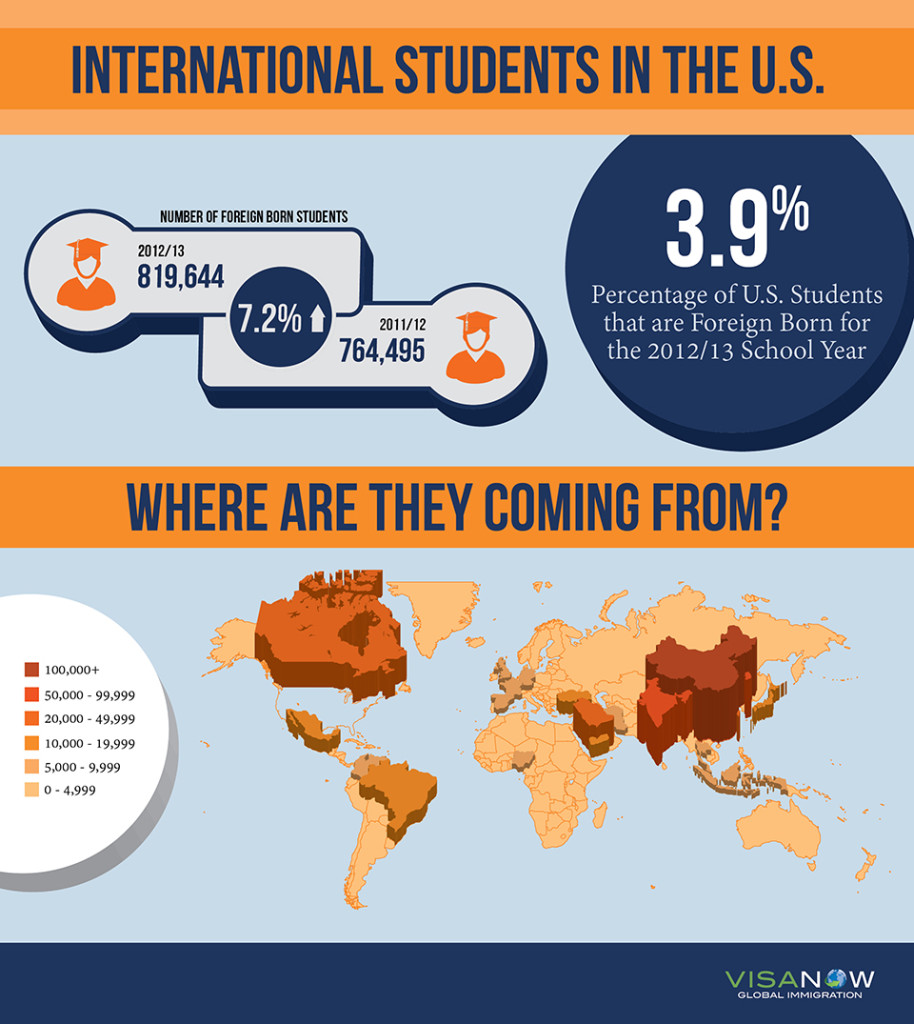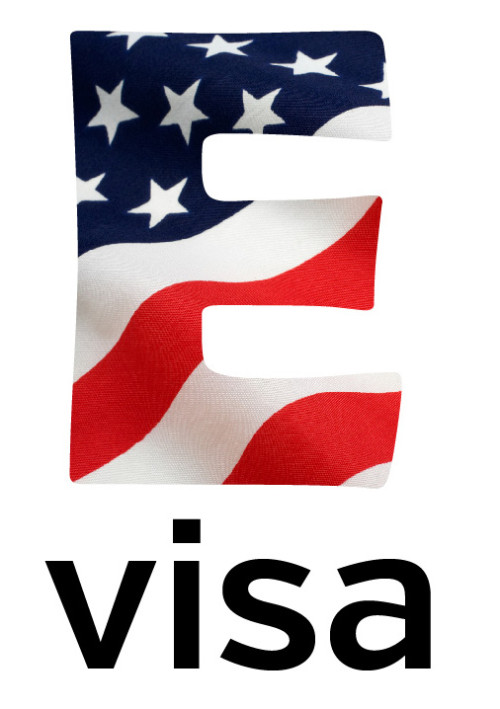By VISANOW Contributor|2013-12-02T17:51:22-06:00December 2, 2013|
 The holiday travel season is here, and that means thousands of students and young people will be spending school breaks and vacation time in international destinations. Tourist destinations such as Australia, Japan, Ireland, France, Singapore, South Korea, New Zealand, and the United Kingdom offer a working holiday visa to allow tourists to work while traveling to pay for their tourism expenses.
The holiday travel season is here, and that means thousands of students and young people will be spending school breaks and vacation time in international destinations. Tourist destinations such as Australia, Japan, Ireland, France, Singapore, South Korea, New Zealand, and the United Kingdom offer a working holiday visa to allow tourists to work while traveling to pay for their tourism expenses.
Working holiday visa programs allow young adults to experience a new culture while bringing in big economic benefits for tourism industries. A recent Australian study shows that Working Holiday Visa (WHV) holders in Australia spend over AUS$13,000 in the country during their stay, and for every 100 visitors, six Australian jobs are created.
Australia was one of the first countries to implement a working travel visa program in the 1970s. The working holiday visa program originally began as an exchange between Australia, New Zealand, Japan, Canada, and the United Kingdom to facilitate the process of young people coming to study or visit temporarily without having to go through lots of immigration-related red tape.
What are the requirements for a working holiday visa?
Requirements vary from country to country, and you can find a comprehensive list of nations that offer working holiday programs here. Across the board, these types of working holiday programs are geared towards tourists who satisfy the following:
- Travelers must be young adults between ages 18-30
- Travelers have limits on the length time they can study or remain employed, usually 4-6 months
- Travelers must prove they have funds to sustain themselves while they seek employment
- Travelers must demonstrate they are in good health and don’t have serious criminal issues
- Travelers must validate they have reached a certain education level
Another common restriction for working holiday visa holders is to only have one employer the entire time they are visiting. They must also demonstrate their primary purpose for travel is tourism. These visas are generally valid for 6-12 months depending on the host country, and in many cases they are only issued once in a lifetime.
What are the benefits of offering a working holiday visa?
As mentioned above, a working holiday program can bring great financial benefits to a host nation’s tourism industry, especially if the host country usually has many immigration barriers in place for tourists and temporary workers. Not surprisingly, many native citizens of countries dealing with youth unemployment (such as in Australia) are fighting to repeal their WHV programs. It’s a similar argument to what we hear from anti-immigrant groups in the U.S.: there are only a finite number of jobs available in failing economy, so a job for an immigrant must mean one less job for a U.S. citizen. It’s faulty logic and the recent study out Australia disproves it.
Why doesn’t the United States offer a Working Holiday Visa?
When looking through the list of countries that have working holiday visa programs, you’ll notice one nation glaringly absent from the long list of offerings: the United States. Why does the “nation of immigrants” reject the idea of a working travel/tourist visa? There are several reasons, with one major cause being reciprocity: most of the working holiday visa hosts have worked out a mutual arrangement that allows for exchange. With one exception, the U.S. does not offer a WHV program to any country, so it is often left off the list of other countries’ approved visitors.
Another reason there the U.S. doesn’t start a working holiday visa program is its extremely complicated immigration system, which has not been tampered with for years due to government gridlock. As we’ve seen with the push for immigration reform in 2013, changing any immigration policy or opening more doors to more immigrants still causes many U.S. citizens (and House Republicans) to be up in arms, fearing immigrants will ruin the country and “take our jobs.” The fact that the U.S. already has to deal with 11 million undocumented workers within its borders leaves most lawmakers with little energy to address an entirely new worker program.
In 2008, the U.S. opened up a small WHV-like program to citizens of Ireland, and Ireland reciprocated the gesture that same year with a working tourist program for U.S. citizens. American citizens can currently participate in working tourist programs in Australia, Germany, Ireland, New Zealand, Singapore, and South Korea.









